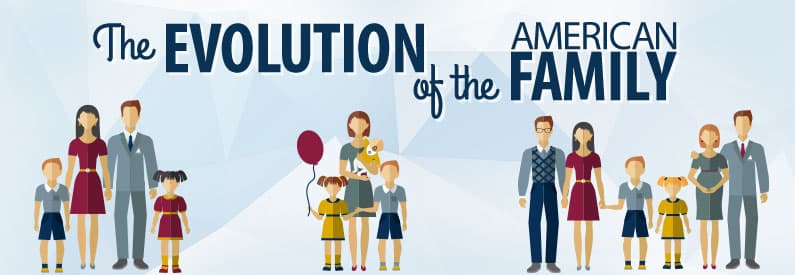Understanding the Evolution of Family Courts in the United States
Family courts have played a pivotal role in shaping the dynamics of familial and domestic relationships in the United States. Originally conceived as Courts of Equity, these institutions were established to decide matters and issue orders pertaining to family law, including custody of children. However, the evolution of laws and regulations has significantly transformed the nature and function of family courts over the years.
The Genesis of Family Courts
The inception of family courts in the United States can be traced back to the late 1910s when probation officers began advocating for specialized domestic relations courts. These officers, members of the National Probation Association (NPA), believed that consolidating criminal nonsupport, juvenile delinquency, and divorce cases into a unified “family court” would streamline jurisdictional matters and facilitate rehabilitative treatment by probation officers.
Transition to Civil Approach
While the original concept of family courts had a criminal undertone, the 1930s witnessed a notable shift towards a civil approach. New York was at the forefront of this transformation when it passed a law treating nonsupport cases as civil matters. This shift, accompanied by the inclusion of divorce jurisdiction within family court dockets, led to a more civil-oriented nature of these courts. However, it’s crucial to note that individuals found in contempt in civil nonsupport cases still faced incarceration, reminiscent of the criminal nonsupport system.
The Birth of Standalone Family Courts
In 1933, New York established a standalone family court, somewhat confusingly named the Domestic Relations Court. The primary goal was to further extricate family matters from criminal jurisdiction. However, the reality was more nuanced, as these new family courts continued to blend criminal and civil components. While they removed some constitutional protections offered by criminal procedure, they retained certain criminal-like enforcement mechanisms.
Uniform Support of Dependents Law
To facilitate the interstate civil enforcement of family court rulings, New York passed the Uniform Support of Dependents Law (USDL). This legal framework aimed to provide a mechanism for ensuring compliance with family court decisions across state lines.
Shifting Dynamics
As the involvement of probation officers waned, partly due to the model Family Courts Act produced by the NPA in 1959, family courts gradually adopted a more civil demeanor. However, some remnants of their criminal origins persisted, particularly in the realm of state involvement. Incarceration as a consequence of nonpayment of child support, wage garnishment, revocation of driver’s licenses, and denial of passport applications are examples of these lingering elements. Interestingly, some family courts still apply older criminal nonsupport statutes, even though they often lack the constitutional criminal procedural safeguards.
The Role of Judges
Most family court cases are presided over by a single judge without a jury, except in the State of Texas, where parents have the right to a trial by jury. These somewhat blurred lines between criminal and civil proceedings within family courts have given rise to calls for reform. Critics argue that the ostensibly civil nature of family courts serves as a means to bypass criminal procedural protections while retaining the machinery for criminal enforcement.
In conclusion, family courts in the United States have undergone a significant evolution since their inception in the early 20th century. While their original purpose was to address family law matters with a focus on equity, changes in laws and regulations have shaped them into multifaceted institutions that blend civil and criminal elements. As these courts continue to adapt to the ever-evolving landscape of family law, debates surrounding their structure and function persist.
FAQs
- What is the history of family courts in the United States? Family courts in the U.S. were first established in the late 1910s, primarily to address domestic relations issues, including divorce and child custody.
- Why did family courts transition from a criminal to a civil approach? The shift from criminal to civil proceedings in family courts began in the 1930s, aiming to treat nonsupport cases as civil matters and reduce the criminal nature of these courts.
- Are family courts consistent across all U.S. states? No, each U.S. state has its own system for handling family law cases, leading to variations in family court procedures.







